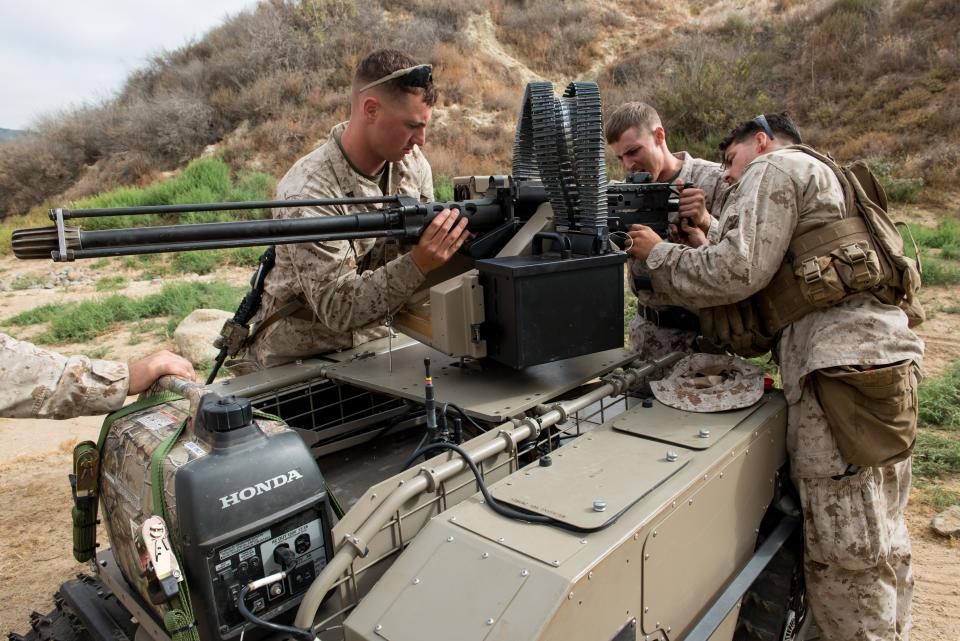SAN FRANCISCO, Feb. 2 (Xinhua) -- U.S. Army researchers, in cooperation with university scientists, have developed new techniques to train robots or computer programs to perform tasks under the guidance of a human instructor.
They want to use deep learning, a class of machine learning algorithms that are loosely inspired by the brain, to train a robot to learn how to perform tasks by viewing video streams in a short amount of time with a human trainer.
The researchers from the U.S. Army Research Laboratory and the University of Texas at Austin developed a new algorithm called Deep TAMER, an extension of Training an Agent Manually via Evaluative Reinforcement (TAMER).
Their findings, which were released Friday, will be presented to an academic conference of the Association for the Advancement of Artificial Intelligence in New Orleans, Louisiana on Feb. 2-7.
In their earlier work, the researchers taught a robot to behave in a situation similar to the way a dog was trained to do a trick.
Now they want to make a step forward to train a robot or computer program to see the world through images, which is an important first step in designing learning agents that can operate in the real world.
In an experiment in which the researchers taught the robot to play the Atari game of bowling and gave it 15 minutes of human-provided feedback.
The researchers were surprised to find that the robot has done much better than humans on the Atari game, more competent than both their amateur trainers and, on average, an expert human Atari player.
"The Army of the future will consist of soldiers and autonomous teammates working side-by-side," said Army researcher Garrett Warnell.
The U.S. scientists eventually want autonomous agents to quickly and safely learn from their human teammates in a wide variety of styles such as demonstration, natural language instruction and critique.
The U.S. Army Research Laboratory is part of the U.S. Army Research, Development and Engineering Command, a major branch of the U.S. Army Material Command.





